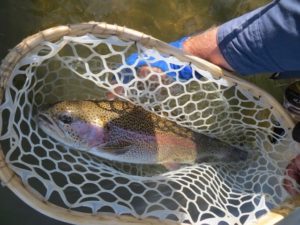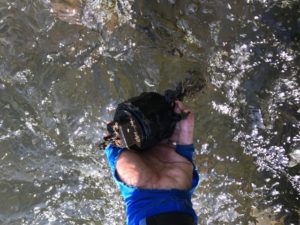Landmark Agreement Protects Iconic Maroon & Castle Creeks
In a major victory for free-flowing rivers and Aspen’s famed Maroon Bells, Colorado Trout Unlimited (CTU) and American Rivers announced today that they signed an agreement with the City of Aspen to stop the development of two unnecessary new dams.
Since 2016, Aspen had been advancing a proposal to develop a 155-foot dam on Maroon Creek and a 170-foot dam on Castle Creek in the shadow of the Maroon Bells. The dams would have flooded private property as well as federally protected land in the Maroon Bells-Snowmass Wilderness Area, one of the most visited and photographed valleys in Colorado. Anglers adventuring up from the Roaring Fork also visit the area to fish for wild brook and cutthroat trout.
Maroon Lake reflecting the Maroon Bells, in the upper Maroon Creek valley.
“Sacrificing the places that make Colorado great is the wrong answer for meeting future water needs,” said David Nickum, Executive Director of Colorado Trout Unlimited. “We appreciate the City of Aspen making this commitment to meet its water supply needs while protecting these much-loved valleys and creeks, and the wild trout that call them home.”
In December 2016, American Rivers and Colorado Trout Unlimited filed statements of opposition with the Colorado Water Court regarding Aspen’s application to continue conditional water rights to pursue construction of the dams. Aspen’s own 2016 water availability report clearly stated that the city did not need the two dams for municipal water supply or climate resiliency.
In the new agreement, Aspen commits to moving the water storage rights out of the Castle and Maroon Creek valleys forever, to alternate locations that won’t damage river health. CTU and American Rivers retained the ability to engage in federal and land use permitting for those proposed alternate sites, should Aspen move forward with the projects in the future – so that river advocates can ensure impacts at those locations are mitigated.
“This is a significant victory for rivers in Colorado,” said Matt Rice, Colorado River Basin Director for American Rivers. “We applaud the City of Aspen for working with the conservation community to find more sustainable and cost-effective water supply solutions. Thanks to the hard work and persistence of so many people who love this special place, these creeks will be protected forever from harmful new dams.”
CTU benefited from generous pro bono representation from the law firm of Patrick, Miller and Noto. We are grateful for their help in making this settlement possible.

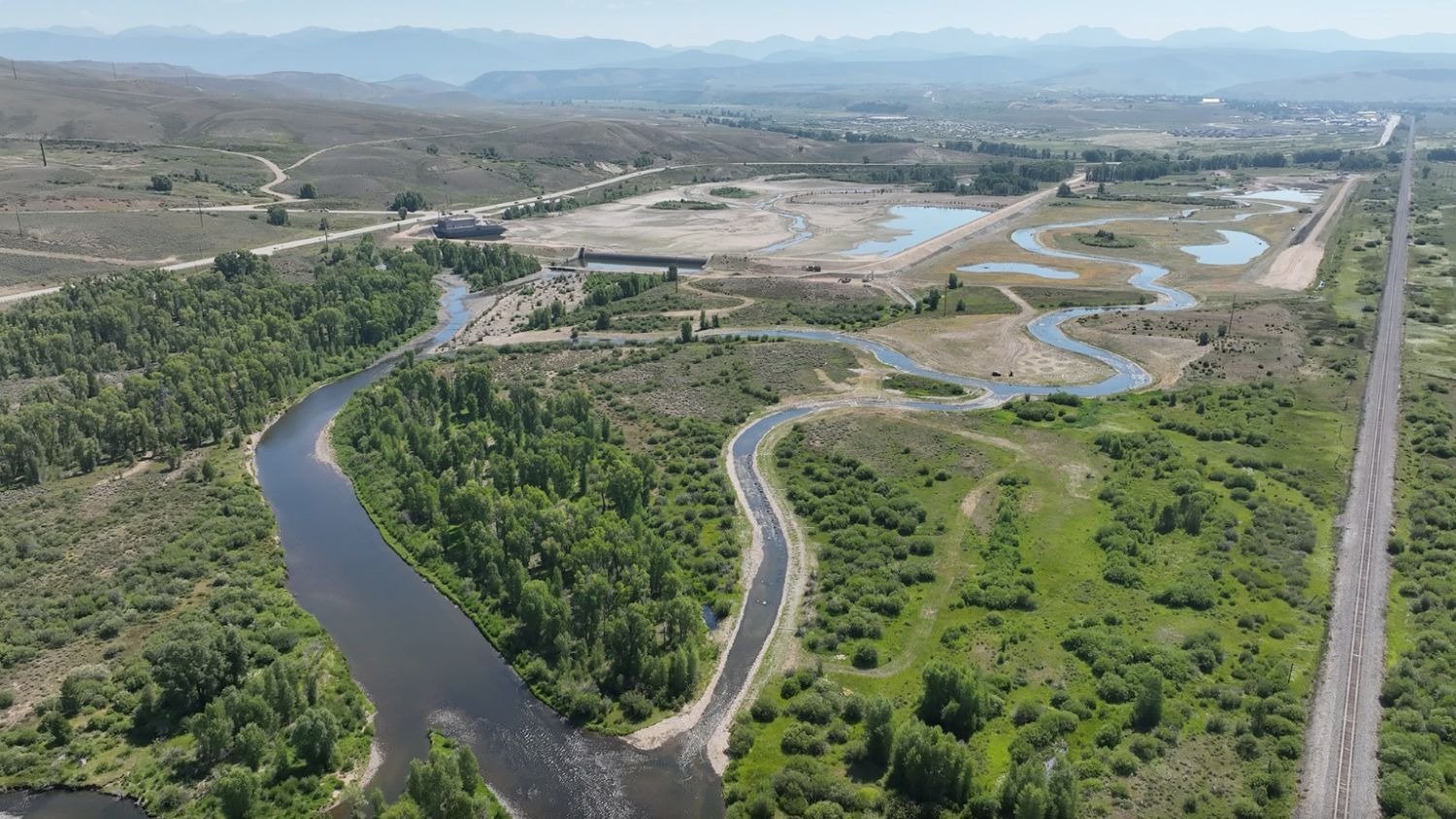





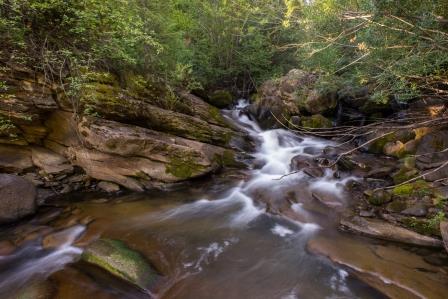

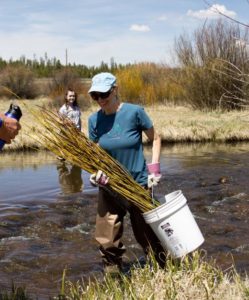 The group’s inaugural project at Fraser Flats aimed to restore a roughly one-mile stretch of the Fraser between the towns of Tabernash and Fraser, with the goal of providing healthy habitat for trout even during periods of reduced flows. The Fraser in this section had become too wide and shallow, resulting in sedimentation and high temperatures that smothered bug life and pressured coldwater-loving trout.
The group’s inaugural project at Fraser Flats aimed to restore a roughly one-mile stretch of the Fraser between the towns of Tabernash and Fraser, with the goal of providing healthy habitat for trout even during periods of reduced flows. The Fraser in this section had become too wide and shallow, resulting in sedimentation and high temperatures that smothered bug life and pressured coldwater-loving trout.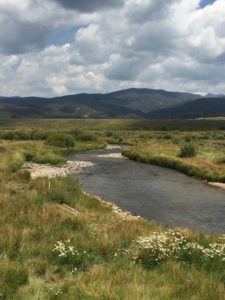 Colorado Parks and Wildlife conducted a fish survey on Oct. 5, shortly after completion of the project, and found dramatic increases in the biomass of brown and rainbow trout in the stretch compared to previous surveys, and an even larger increase in numbers of larger (14" and up) fish.
Colorado Parks and Wildlife conducted a fish survey on Oct. 5, shortly after completion of the project, and found dramatic increases in the biomass of brown and rainbow trout in the stretch compared to previous surveys, and an even larger increase in numbers of larger (14" and up) fish.